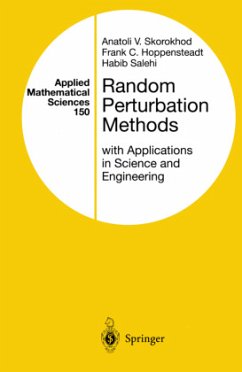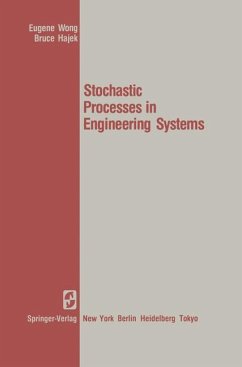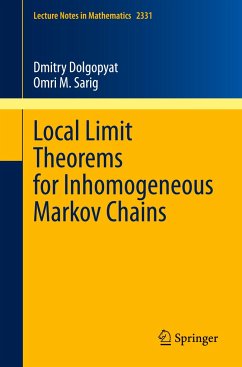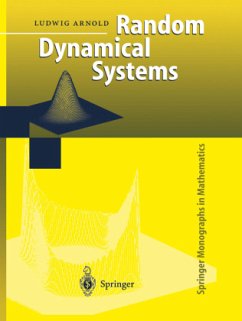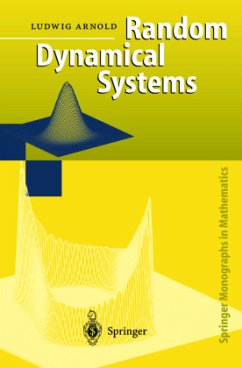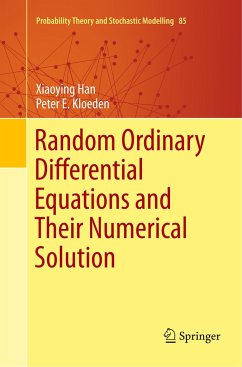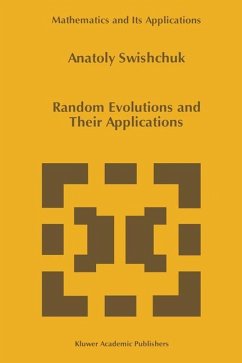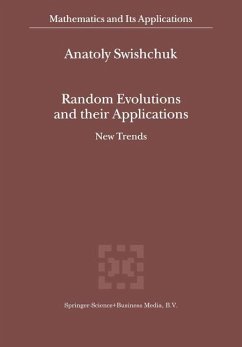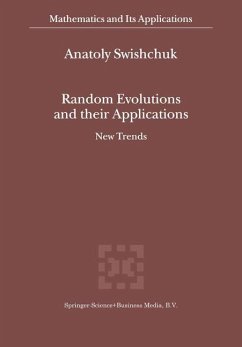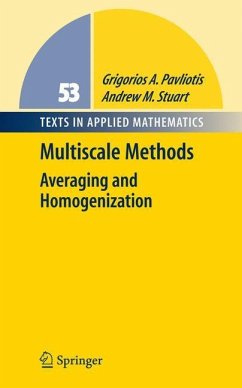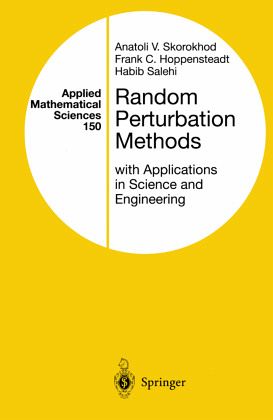
Random Perturbation Methods with Applications in Science and Engineering
Versandkostenfrei!
Versandfertig in 1-2 Wochen
115,99 €
inkl. MwSt.
Weitere Ausgaben:

PAYBACK Punkte
58 °P sammeln!
This book covers the impact of noise on models that are widely used in science and engineering applications. It applies perturbed methods which assume noise changes on a faster time or space scale than the system being studied. The book is written in two parts. The first part presents a careful development of mathematical methods needed to study random perturbations of dynamical systems. The second part presents non-random problems in a variety of important applications. Such problems are reformulated to account for both external and system random noise. Finally, the results from Part I are applied to analyze, simulate, and visualize the same problems now perturbed by noise. Applications from mechanical, electrical, and biological problems are discussed. In addition, numerous computer simulations and examples are included. Researchers and graduate students in mathematics and engineering will find this book useful.
As systems evolve, they are subjected to random operating environments. In addition, random errors occur in measurements of their outputs and in their design and fabrication where tolerances are not precisely met. This book develops methods for describing random dynamical systems, and it illustrates how the methods can be used in a variety of applications. The first half of the book concentrates on finding approximations to random processes using the methodologies of probability theory. The second half of the book derives approximations to solutions of various problems in mechanics, electronic circuits, population biology, and genetics. In each example, the underlying physical or biological phenomenon is described in terms of nonrandom models taken from the literature, and the impact of random noise on the solutions is investigated. The mathematical problems in these applicitons involve random pertubations of gradient systems, Hamiltonian systems, toroidal flows, Markov chains, difference equations, filters, and nonlinear renewal equations. The models are analyzed using the approximation methods described here and are visualized using MATLAB-based computer simulations.
This book will appeal to those researchers and graduate students in science and engineering who require tools to investigate stochastic systems.
This book will appeal to those researchers and graduate students in science and engineering who require tools to investigate stochastic systems.






